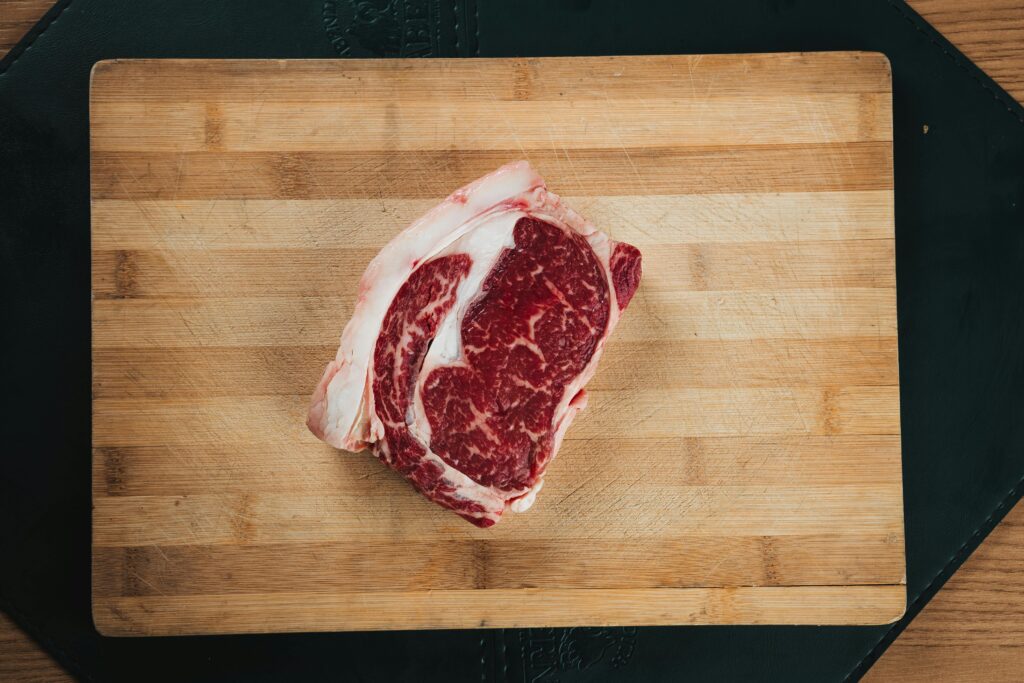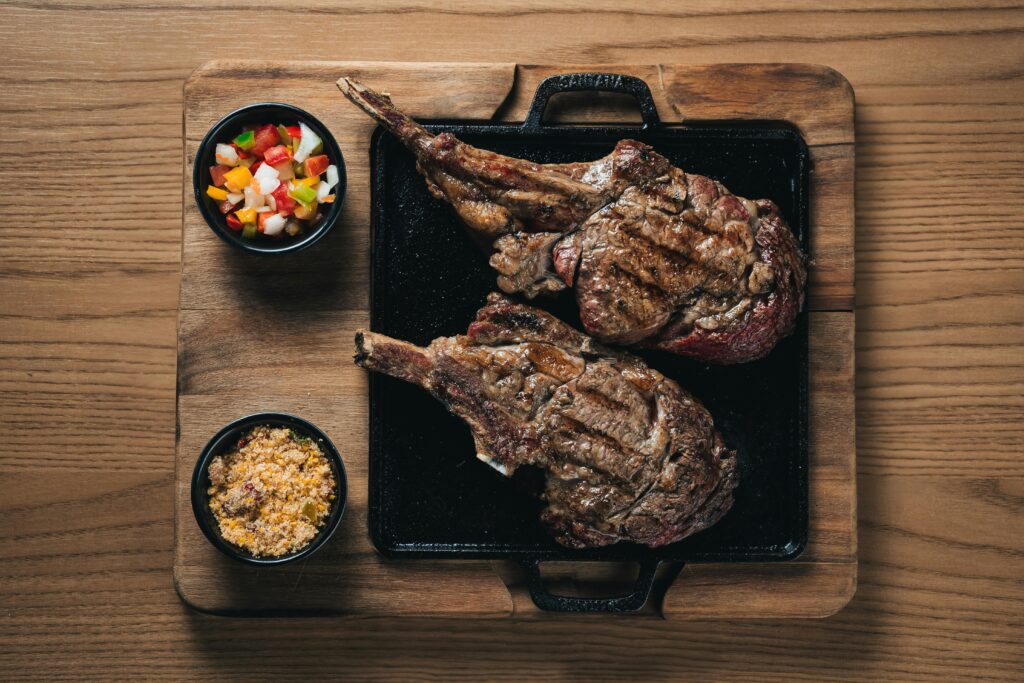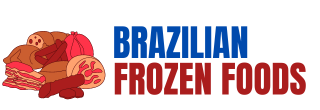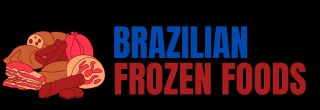
The market for frozen lamb meat is dynamic and fluctuates based on various factors. Whether you’re a restaurateur, chef, or home cook looking to understand trends in frozen lamb prices, knowing what influences these prices and what consumers can expect can help guide purchasing decisions. This article delves into the key factors shaping frozen lamb prices, recent price trends, and offers insights to help consumers make informed choices.
1. Key Factors Influencing Frozen Lamb Meat Prices
The price of frozen lamb meat is affected by a combination of supply chain dynamics, seasonal variations, consumer demand, and broader economic influences.
- Supply Chain Costs: Lamb, like other livestock, requires significant resources to raise. The cost of feed, veterinary care, and farm labor all contribute to the final price of lamb meat. Additionally, the costs involved in processing, freezing, packaging, and transporting lamb meat further affect the price. Any increase in the cost of fuel or transportation logistics can raise prices as these costs are passed down the supply chain.
- Weather and Seasonal Patterns: Lamb is typically a seasonal product, with spring and early summer being the main lambing season. Consequently, there is often a higher supply of lamb during these months, which can slightly lower prices. However, with frozen lamb, the seasonality factor is mitigated somewhat, as the meat can be stored for longer periods. Still, harsh weather conditions affecting lamb-raising regions can disrupt production, leading to higher prices.
- Global Demand and Exports: New Zealand and Australia are major exporters of lamb meat. Changes in international demand, especially from large importing countries like the United States and parts of Europe, can influence global prices. If a major importing nation increases its demand, prices can rise globally due to the competition for supply.
- Economic Factors: Inflation, exchange rates, and global economic conditions can impact lamb prices. For instance, if the cost of feed or farm labor rises, the cost of raising lamb increases. Additionally, changes in currency exchange rates can influence the cost of imported lamb, making it more expensive for consumers in certain countries.
2. Recent Trends in Frozen Lamb Prices

In recent years, frozen lamb meat prices have exhibited several notable trends, often reflecting shifts in global trade, seasonal supply, and consumer preferences.
- Post-Pandemic Demand Surge: The COVID-19 pandemic initially disrupted the global supply chain, affecting meat production and processing industries. As economies reopened, there was a surge in demand from both households and the food service sector. This resurgence, combined with supply constraints, led to an increase in frozen lamb prices in many markets.
- Inflationary Pressures: Many countries experienced significant inflation over the past few years. Inflation raised the cost of goods and services across the board, including feed, transportation, and packaging, contributing to higher frozen lamb prices. For consumers, this has translated to increased grocery store prices and menu prices in restaurants.
- Sustainability and Ethical Concerns: More consumers are becoming conscious of where their food comes from and how it’s produced. There’s a growing interest in sustainably-raised and ethically-sourced meat. Lamb producers that meet these standards often charge premium prices, and demand for such products can sometimes elevate prices for high-quality frozen lamb.
- Regional Price Variations: Frozen lamb prices vary significantly by region. For example, lamb is typically more expensive in the United States compared to countries with larger local production. Similarly, Asian markets like China and Japan have seen higher Frozen Lamb Meat Prices due to increased consumer demand and limited domestic production.
3. Insights for Consumers
For consumers looking for Frozen Lamb Meat Prices and to purchase frozen lamb, understanding these trends can help in making budget-conscious and sustainable choices.
- Plan for Seasonal Discounts: Although frozen lamb can be stored and sold year-round, seasonal fluctuations still play a role in pricing. Lamb prices may dip slightly during peak production months. Planning to buy in bulk during these periods, if you have freezer space, can be a cost-effective strategy.
- Explore Local Suppliers: ImportedFrozen Lamb Meat Prices tends to be more expensive due to additional transportation costs and tariffs. Consumers may find more competitive pricing by exploring local suppliers or farms, particularly in areas with lamb production.
- Consider Sustainable Options: If ethical sourcing is important to you, look for labels indicating grass-fed or sustainably-raised lamb. While these options may come at a premium, they contribute to responsible farming practices. Supporting local, sustainable farms can be an investment in quality and sustainability, and can sometimes offer better prices than imported meat.
- Watch for Economic Indicators: Staying informed about economic conditions can give you insights into potential price changes. For instance, if feed prices rise due to inflation or exchange rate shifts, this could signal higher frozen lamb prices down the road. Similarly, changes in trade policies affecting major lamb-exporting countries could impact costs.
- Bulk Buying and Freezing: For households with adequate freezer space, buying frozen lamb in bulk can be a way to lock in current prices and avoid potential increases. Bulk purchases often come with a discount, and lamb freezes well, retaining its quality and flavor over extended periods.
4. The Future Outlook
Looking ahead, the Frozen Lamb Meat Prices. market is expected to continue evolving as global trade dynamics, environmental concerns, and consumer preferences shift. Rising interest in plant-based diets and alternative proteins may somewhat temper demand for lamb, potentially easing prices. However, the premium market for ethically-raised and high-quality lamb is likely to grow, supported by consumers willing to pay for sustainable products.
In conclusion, frozen lamb prices are influenced by a complex set of factors, from weather and feed costs to global demand and sustainability trends. By keeping an eye on market dynamics and planning purchases strategically, consumers can better navigate the price fluctuations and make choices that align with both their budget and values.

